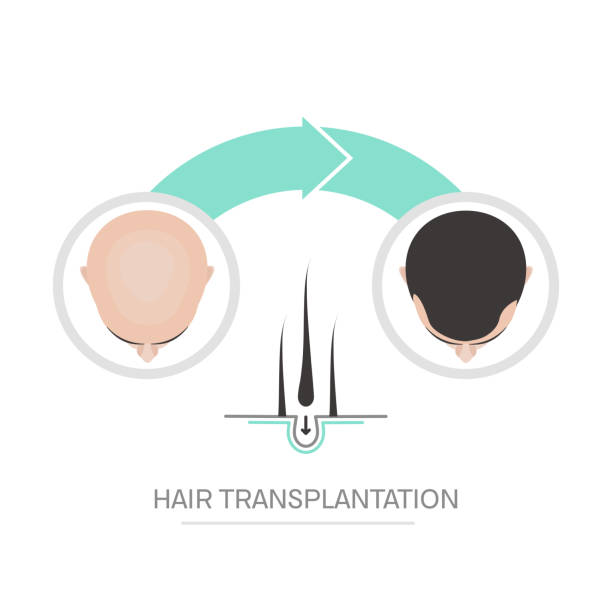A Cheek Lift Surgery through the eye? Without the “fox” or “bambi” look, and no endoscope? Very interesting! This unique type of lift surgery is gaining attention for its ability to rejuvenate the mid-face with less invasive techniques. So, what makes this operation worrisome? The biggest fears are lower-lid ectropion (eyelid turning outward) and a rounded lower eyelid. Let’s break it down. So what makes this operation worrisome? The biggest fears are lower-lid ectropion (eyelid turning outward) and a rounded lower eyelid. Let’s break it down.

For a deeper look at these techniques and other cutting-edge facial rejuvenation methods, the editors of the aesthetic-medicine hub Aesthetic-News.com share their expert insights and guidance.
4 Secrets of Cheek Lift Surgery: How to Avoid Complications
There are three variations of this facial lift surgery.
1. Subperiosteal Cheek Lift
This is the most common technique for a cheek lift surgery. It is suitable for the majority of patients with age-related changes of the lower eyelids and midface – excess eyelid skin, muscle laxity, malar bags, and tissue sagging. Typically, these patients have a less pronounced zygomatic (cheek) bone. The procedure combines lower blepharoplasty with a subperiosteal vertical midface lift. It corrects midface descent and restores volume at the lower orbital rim. The surgeon redistributes fat to fill the tear trough, tightens the muscle (by excision or plication), and removes excess skin. The nasolabial fold is corrected only minimally if at all.
2. Supraperiosteal Cheek Lift
Recommended for patients with the same lower-lid aging changes (excess skin, muscle laxity, pronounced malar bags) but with adequate zygomatic bone volume. To avoid adding more projection, the midface tissues are dissected above the periosteum. This is one of the most effective procedures for surgical correction of malar bags. There is no drilling into the cheekbone; tissues are fixed with myopexy plus a few additional sutures to the periosteum. This specific lift surgery technique is less invasive in its approach to bone.
3. Transconjunctival Cheek Lift
Chosen for patients who do not need skin excision of the lower eyelid. It’s essentially an extended transconjunctival blepharoplasty with an upward midface lift through the transconjunctival access. Tissue mobilization is similar to a subperiosteal cheek lift or an endoscopic midface lift, but elevation and fixation occur via the transconjunctival route.
Clinical trial “Facial Rejuvenation Enhancing Cheek Lift” – PMC (PubMed Central)
Avoiding “Round Eye” and Lower-Lid Eversion
Technically, lower-lid eversion or shortening cannot occur if the operation is performed correctly. When reviewing patient photos from a cheek lift surgery, it’s essential to know exactly what was done: the extent of dissection, tissue mobility, and fixation technique. The term “cheek lift” can conceal very different maneuvers.
Key Preventive Steps
- Proper Dissection – Tissues must be mobilized freely and repositioned without tension.
- Secure Fixation – Dual-layer fixation of all tissue: periosteum and deep fat to bone at multiple points, then muscle fixation, followed by skin resection without tension.
Potential Difficulties from Fat Repositioning
You’ve highlighted one of the most significant and often overlooked difficulties of a repeat lift surgery: the repositioning of Bichat fat.
- Understanding Bichat Fat: The Bichat fat pad, also known as the buccal fat pad, is a deep-seated fat structure located in the cheek area. During some midface lift procedures, a surgeon may reposition or even augment the cheek and infraorbital (under-eye) areas with this fat to create a more youthful contour.
- The Challenge: As you mentioned, this can create “unwanted additional volume in the zygomatic region” over time. A second surgeon now has to deal with altered anatomy, scar tissue, and the misplaced fat. This requires a high level of surgical expertise to re-sculpt the area without creating an unnatural or “overfilled” look. The surgeon must be meticulous to correct the original contour while addressing the new signs of aging.
Additional Surgical Complexities in a Second Procedure
Beyond fat repositioning, a revision lift surgery presents several other complexities that a surgeon must be prepared for.
- Scar Tissue Formation: Any prior surgery, no matter how skilled, leaves behind scar tissue. In a second procedure, this fibrous tissue can make the dissection and lifting process more difficult and tedious. The surgeon must carefully navigate through the existing scar tissue to reach and re-suspend the deeper facial structures.
- Altered SMAS Layer: The Superficial Muscular Aponeurotic System (SMAS) is the underlying layer of muscle and tissue that is lifted in a cheek lift. A prior surgery will have already manipulated this layer, which may have thinned it or made it less amenable to a strong, new lift. A revision surgeon needs to assess the condition of the SMAS and may have to use different techniques, such as plication (folding and tightening) rather than a formal lift, to achieve the desired results.
- Increased Risk to Nerves: The facial anatomy is intricate, with many nerves running through the treated area. A prior surgery can change the location of these nerves or make them more difficult to identify due to scar tissue. This slightly elevates the risk of temporary or permanent nerve damage, which is another reason why a highly experienced surgeon is essential.
Key Considerations for a Second Cheek Lift
If you’re considering a second cheek lift surgery, here are some crucial factors to keep in mind to ensure a safe and successful outcome.
- Choose a Specialist in Revision Surgery: This is arguably the most important step. A surgeon who specializes in secondary or revision facial procedures will have the expertise to handle the complexities of your unique anatomy. They will be better equipped to manage scar tissue, fat repositioning issues, and altered nerve pathways.
- Realistic Expectations: The goal of a second lift is to refine and refresh, not to achieve the same dramatic results as the first procedure. A good surgeon will have an honest conversation with you about what is realistically achievable and whether a second surgery is the best option for your goals.
- A Thorough Consultation: During your consultation, ensure the surgeon performs a detailed examination and reviews photos from your previous procedure, if available. They should be able to clearly explain the challenges they anticipate and how they plan to address them.
In conclusion, while a cheek lift can be repeated, it is a more complex undertaking than the initial lift surgery. The challenges from prior fat repositioning and the presence of scar tissue make the procedure more demanding. By selecting a highly skilled surgeon and having realistic expectations, you can safely and effectively restore a more youthful appearance for years to come.




